A set of 20 problem solving questions suited to year 3 students.
Advance Your Students’ Problem-Solving Skills
This set of problem-solving questions has been designed to support teachers when teaching students about problem-solving in mathematics. It provides students with the opportunity to work through 20 maths word problems, identifying the important information and how they can work it out using a variety of methods.
An answer sheet has been included. Use this resource in conjunction with the Daily Maths Problems PowerPoint.
NAPLAN Year 3 Maths Preparation
These simple problem-solving questions are also a great way to help students understand some of the word problems they may encounter when sitting NAPLAN. It’s important to give your students strategies that they can draw on when presented with a word problem in maths. Using these problem-solving questions here are some suggested strategies you can empower your students with:
- Daily practice. After spending time explicitly explaining how to work through a word problem – use the word problems from these worksheets as daily problem-solving practice.
- Teach them the strategies. There are many ways students can solve maths word problems such as; breaking the word problem into smaller parts and drawing a picture to visualise what the problem is asking.
- Underline. Teach your students to underline the important parts of a maths word problem – remind them that there is often trick information in word problems that they don’t need to solve the problem.
How to Use This Resource
Once you download the PDF, there are many ways you can use the resource. Here are some suggestions:
- Print and create booklets for your students to use.
- Cut and laminate each word problem and have students use mini whiteboard markers to solve one problem a day.
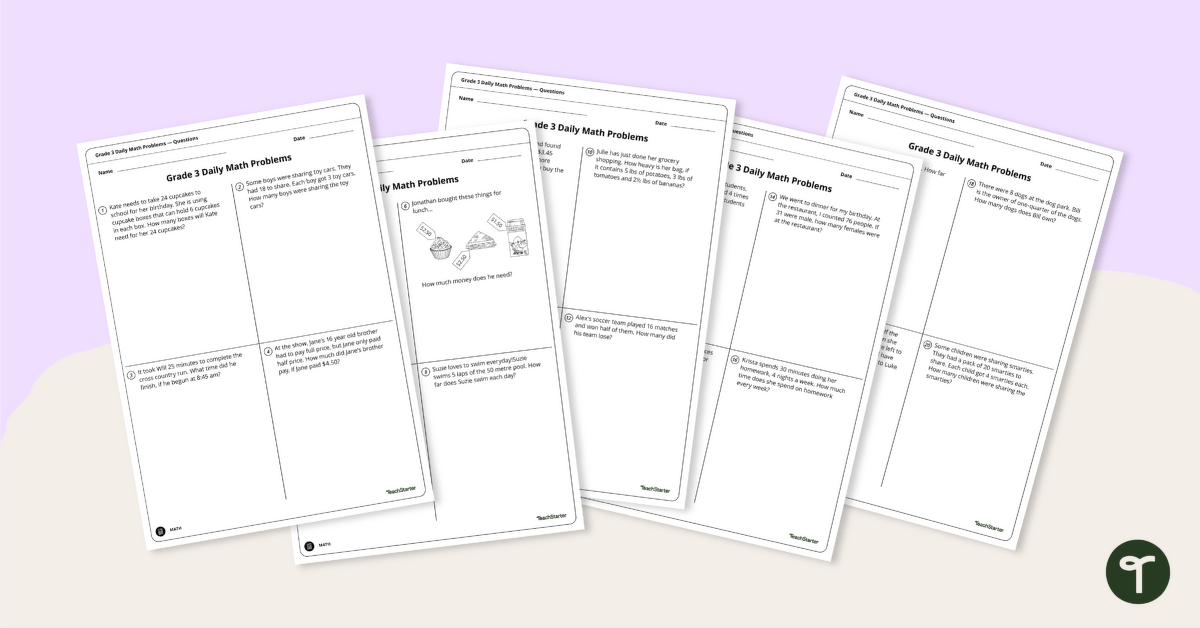

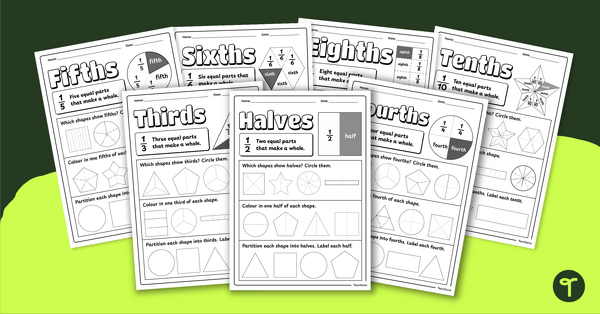
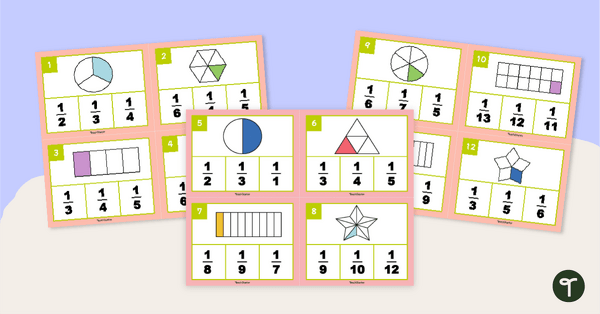



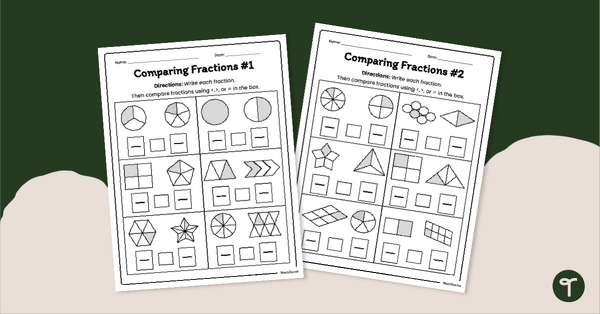
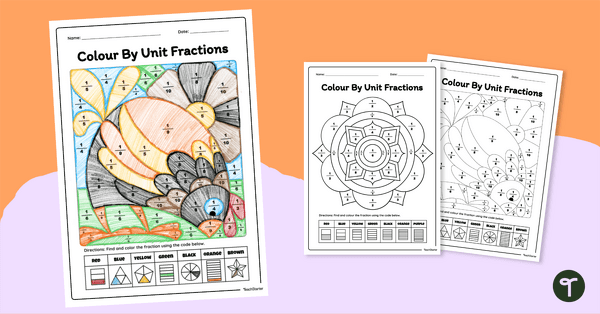
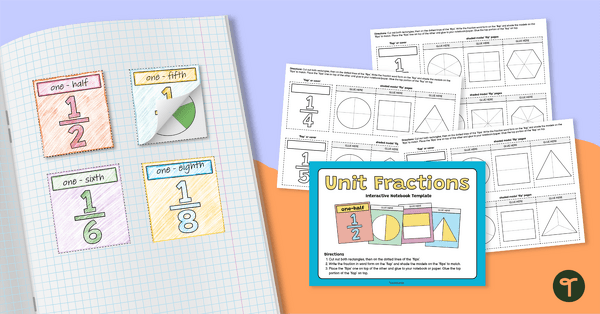
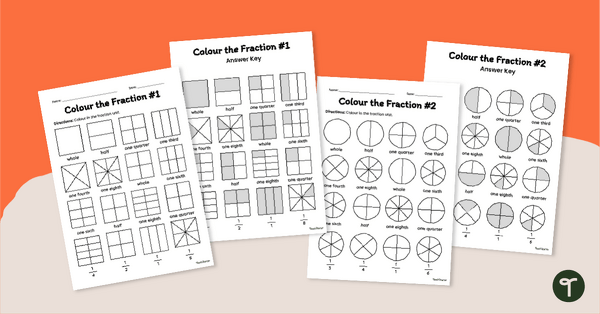
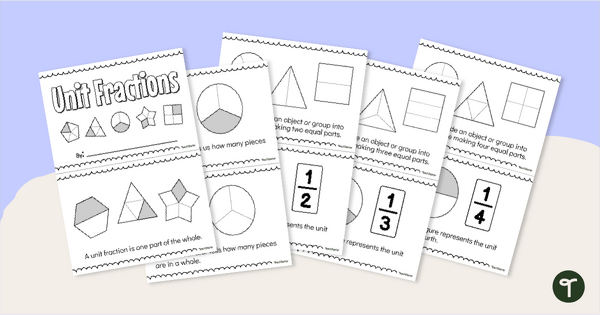
6 Comments
Write a review to help other teachers and parents like yourself. If you'd like to request a change to this resource, or report an error, select the corresponding tab above.
No comments yet.